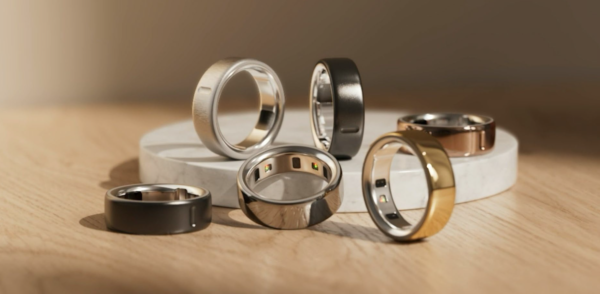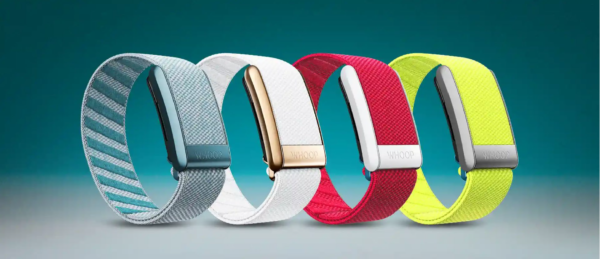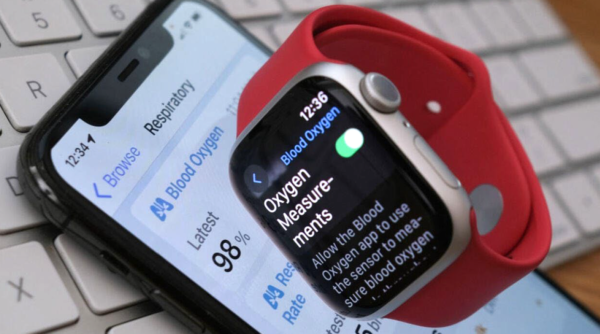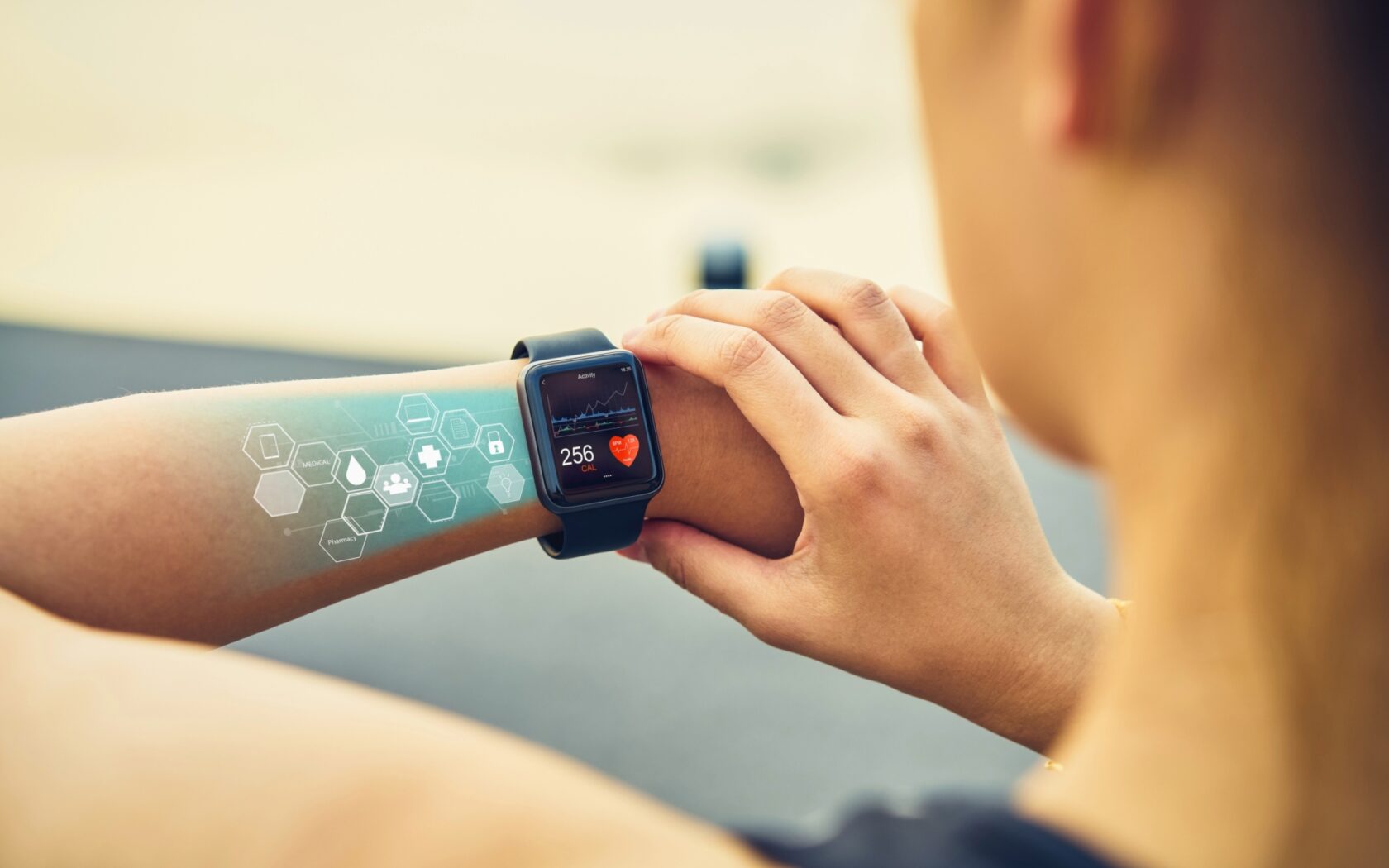The Shift Toward Preventive Care
In today’s world, people are becoming more proactive about their health. Instead of waiting for problems to arise, many are opting for preventive care and adopting lifestyle habits that promote long-term wellness.
At the same time, technology is evolving, offering new ways to monitor our bodies and behaviors. One of the most powerful tools leading this shift is AI-powered wearables—devices that not only track data but also provide insights to help us live healthier, more intentional lives.
What Are AI-Powered Wearables?
Wearables are not new—fitness trackers and step counters have been around for years. But the integration of artificial intelligence (AI) takes them to the next level. AI-powered wearables go beyond simple tracking by learning from your patterns and giving you personalized feedback.
Examples include:
- Oura Ring: tracks sleep, recovery, and readiness.
- Fitbit and Apple Watch: monitor heart rate, activity, and stress levels.
- WHOOP Band: designed for athletes but increasingly used for everyday wellness.
These devices collect data like heart rate variability, sleep cycles, blood oxygen levels, and even stress markers. Then, using AI, they analyze the data and provide actionable recommendations. Instead of just telling you how many steps you’ve taken, they can suggest when to rest, when to move, or how your sleep habits may affect your overall health.

Preventive Care: From Tracking to Early Detection
One of the biggest benefits of AI-powered wearables is their role in preventive health care. By continuously monitoring your body, these devices can pick up small changes that may signal potential issues.
For example:
- A sudden drop in blood oxygen could flag possible respiratory concerns.
- Irregular heart rate patterns may indicate an increased risk of cardiovascular problems.
- Tracking stress levels can help prevent burnout and anxiety before they escalate.
Studies are starting to show that wearables can even detect early signs of conditions like sleep apnea or atrial fibrillation. While they are not replacements for doctors, they provide valuable information that can prompt people to seek medical advice sooner.
This shift from reactive care (treating illness after it occurs) to preventive care (spotting risks before they become serious) makes AI-powered wearables an important tool in modern wellness.
Well-Being Beyond Numbers: Mind-Body Connection
While the data is powerful, the true value of wearables lies in how we use them. Tracking numbers for the sake of numbers can lead to stress or obsession. Instead, the goal should be intentional tracking—using the insights to gain a deeper understanding of your body and create balance.

For example:
- If your wearable shows poor sleep quality, consider exploring evening relaxation practices like meditation or herbal tea.
- High stress readings can be a reminder to pause, breathe, or take a walk in nature.
- Daily movement goals can encourage more mindful activities, such as yoga or stretching, instead of just chasing step counts.
When combined with natural wellness practices—such as nutrition, mindfulness, movement, and rest—AI-powered wearables can support a stronger mind-body connection. They serve as a guide, not a replacement for intuition.
Challenges and Considerations
Of course, AI-powered wearables are not without challenges. Being aware of these helps people make smarter choices:
- Accuracy: Not all devices are equally reliable, and readings can sometimes be off.
- Privacy: Wearables collect sensitive health data, so it’s important to know how companies store and use this information.
- Over-reliance: It’s easy to become dependent on the numbers instead of listening to your body.
- Cost: High-quality AI-powered wearables can be expensive, making them less accessible for some.
Mindful use is key. These devices should support health, not create stress or dependence.
The Future of AI Wearables in Holistic Wellness
The future of AI-powered wearables looks promising. New advancements are already emerging, such as:

- Integration with telehealth: Sharing real-time data with doctors for more personalized care.
- Biofeedback-driven mindfulness tools: Wearables that help guide meditation or breathing exercises.
- Personalized wellness plans: Devices that adjust recommendations based on lifestyle, environment, and genetic data.
As these tools evolve, they will likely play an even larger role in holistic wellness, empowering people to make daily choices that prevent illness and improve quality of life.
Tracking Health with Intent
AI-powered wearables offer more than just step counts or calorie burn—they provide valuable insights into our health and well-being. When used intentionally, they support preventive care, encourage balance, and help us live more mindfully.
The key is to remember that wearables are tools, not solutions. They work best when paired with natural wellness practices and a conscious approach to health. By tracking with intent, we can transform data into meaningful action and create healthier, more resilient lives.




